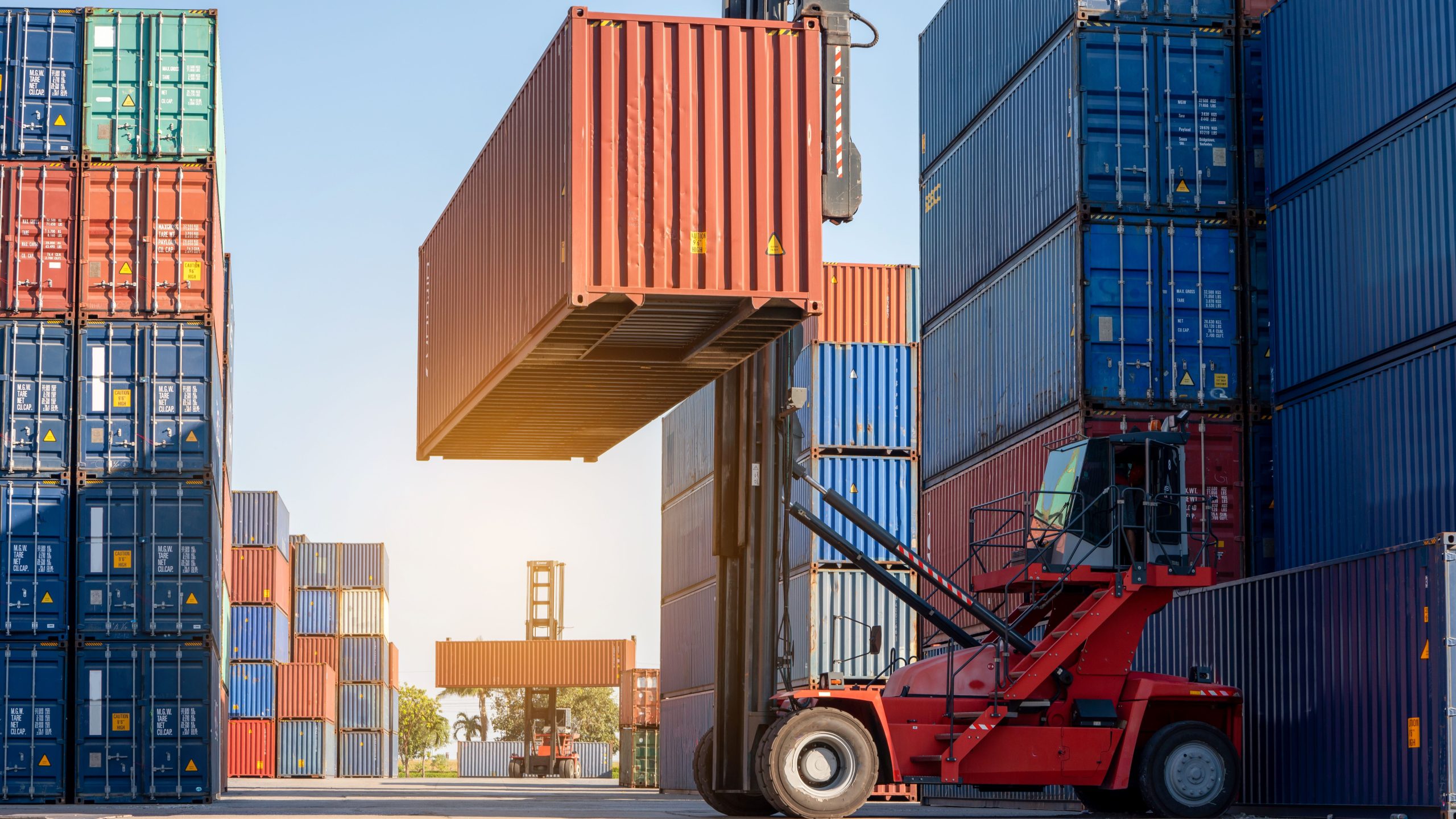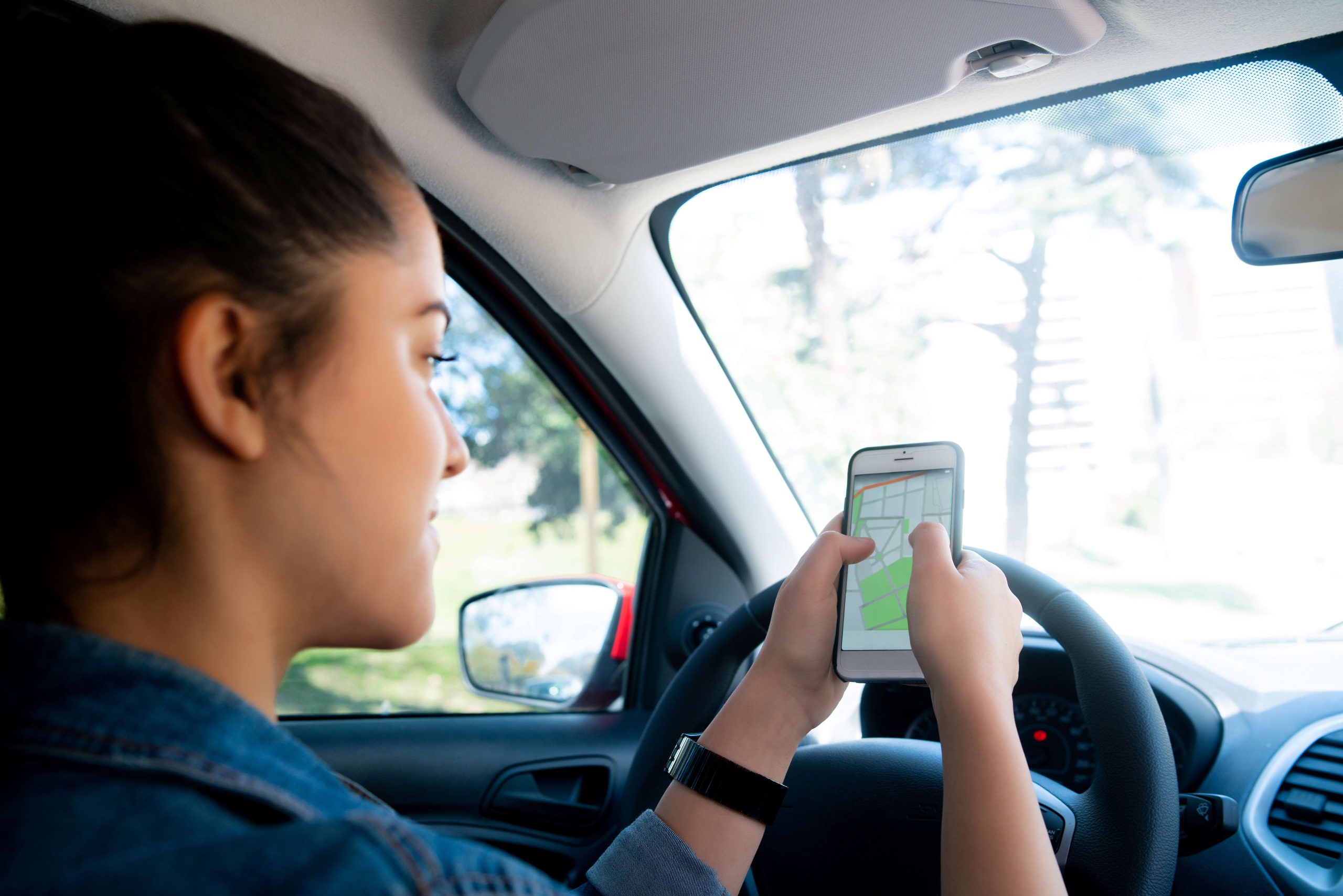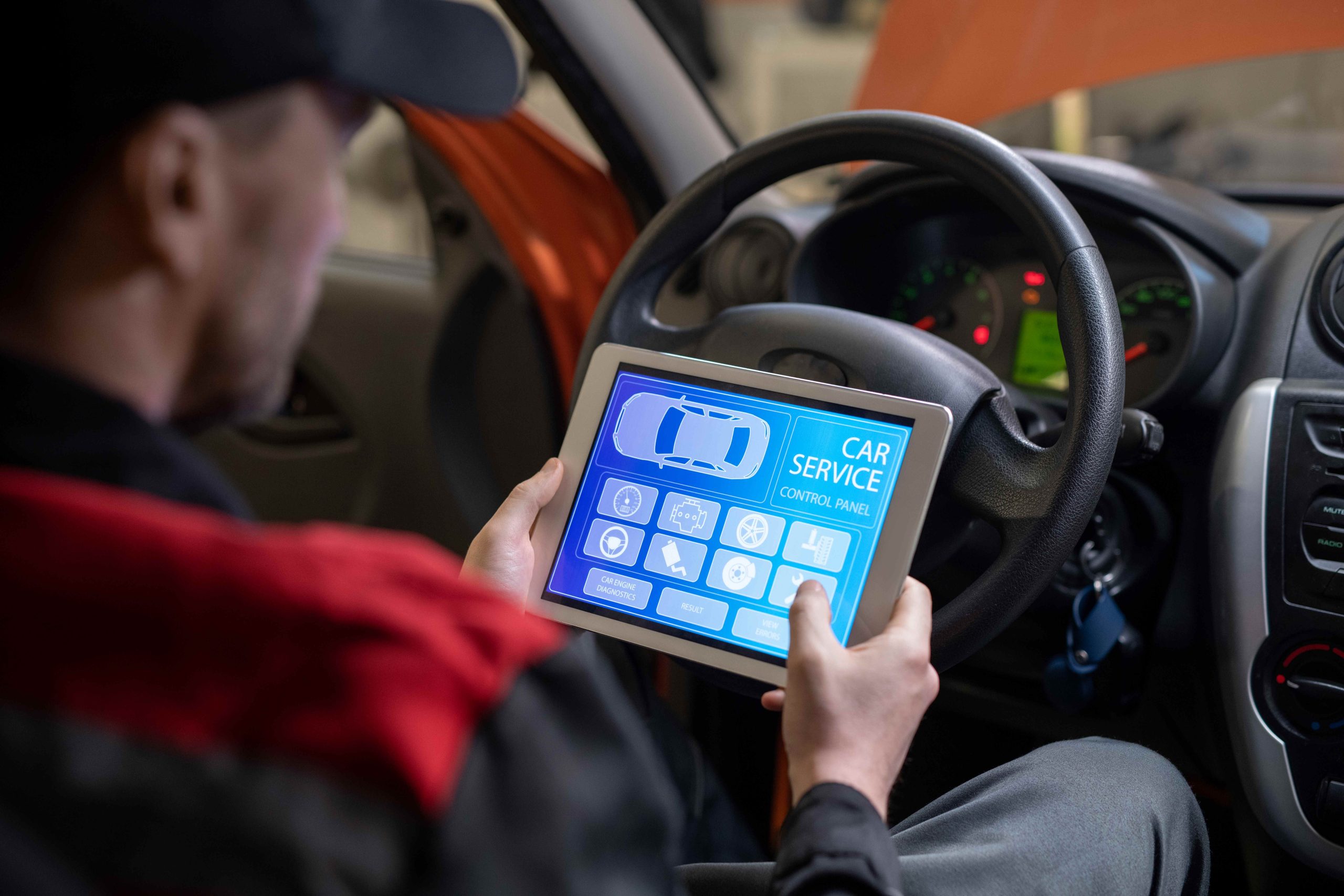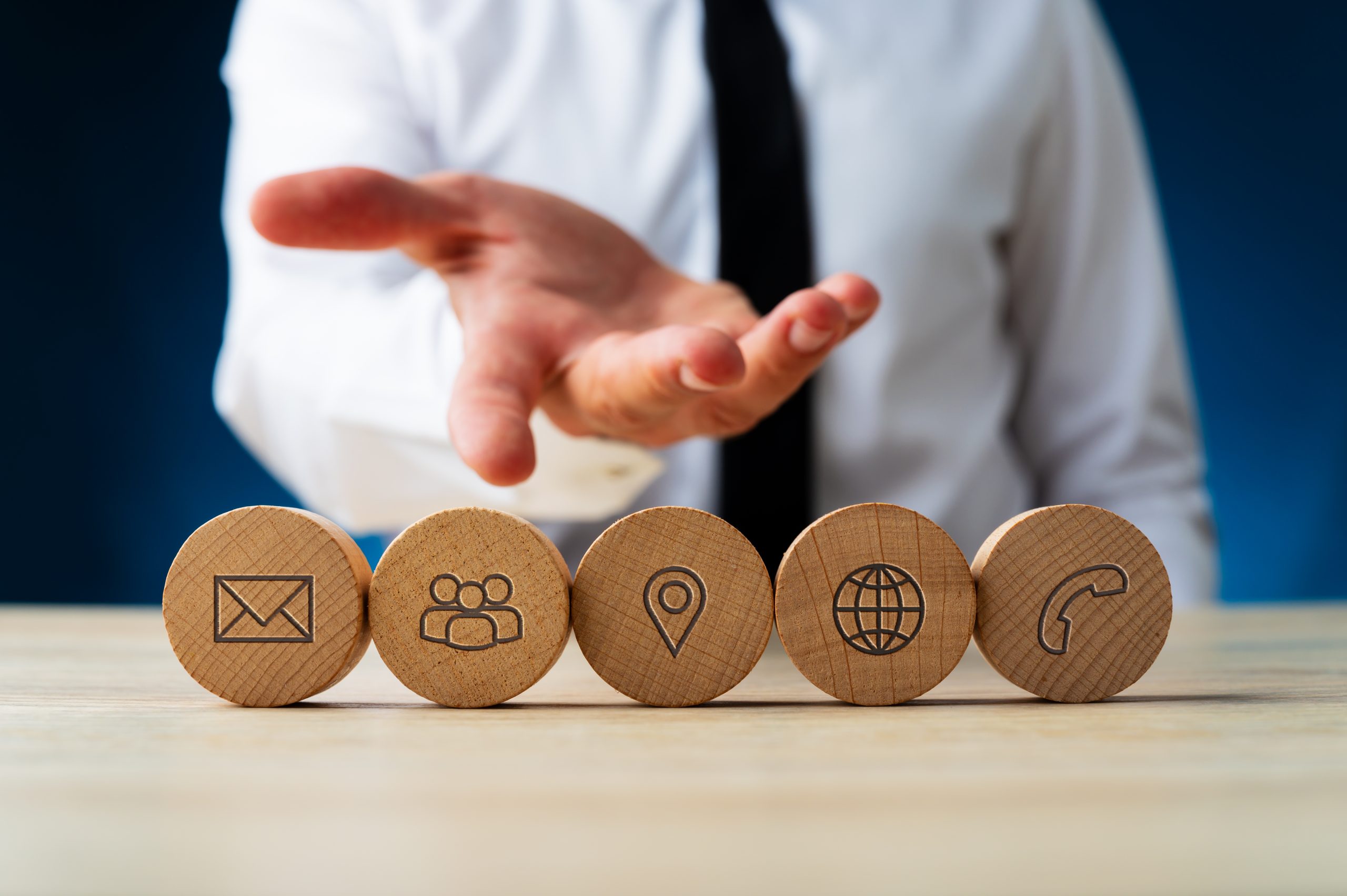Delivery and Logistics services
The Internet of Things (IoT) can significantly enhance delivery and logistics
services by providing real-time tracking, monitoring, and optimization
capabilities.
Inventory management
IoT sensors can be used to track inventory levels
in warehouses and storage facilities. This ensures that the right amount of
stock is available at all times, minimizing stockouts and excess inventory.
Predictive maintenance
For delivery vehicles and equipment, IoT sensors
can monitor the health of critical components. By analyzing the data,
maintenance issues can be detected early, reducing downtime and
preventing costly breakdowns.
Autonomous delivery vehicles
IoT plays a crucial role in enabling
autonomous vehicles and drones for last-mile delivery. These vehicles can
navigate using IoT data, avoiding obstacles and optimizing delivery routes.
Condition monitoring
IoT sensors can monitor the condition of goods
during transportation, such as temperature, humidity, and vibration. This is
especially important for transporting perishable or sensitive goods, as it
helps ensure their quality and integrity.
Route optimization
IoT devices can collect data on traffic patterns,
weather conditions, and road closures. This information can be used to
optimize delivery routes in real-time, reducing delivery times and fuel
consumption.
Real-time tracking
IoT-enabled sensors can be placed on packages,
vehicles, and shipping containers to provide real-time location data. This
allows logistics companies and customers to track the exact location of their
shipments at any given moment.


- Real-Time Vehicle Tracking
- Proactive Maintenance and Diagnostics
- Seamless Integration and Scalability
- Data-Driven Insights for Continuous Improvement
Proper planning, robust security measures, and selecting the right IoT solutions
Implementing an IoT platform in delivery and logistics services
However, it's essential to address some challenges when implementing an IoT
platform in delivery and logistics services, such as data security,
connectivity issues, interoperability, and the cost of IoT devices and
infrastructure. Proper planning, robust security measures, and selecting the
right IoT solutions are crucial to ensure successful and secure
implementation.
Key points
Delivery and Logistics services

IoT devices can be used for security purposes
Enhanced security
IoT devices can be used for security purposes, such as
monitoring cargo for unauthorized access or tampering. This helps prevent
theft and increases the overall security of the supply chain.

IoT generates a massive amount of data
Data analytics
IoT generates a massive amount of data, and advanced
analytics can be applied to gain insights into delivery and logistics
operations. This can lead to process improvements and better decision making.

IoT-driven tracking and real-time updates enable better communication
Customer experience
Customers can receive notifications
about their shipments' status, estimated delivery times, and any delays.

By optimizing routes and reducing fuel consumption
Sustainability
IoT enabled logistics can contribute to more eco-friendly operations, reducing
the environmental impact of delivery services.
